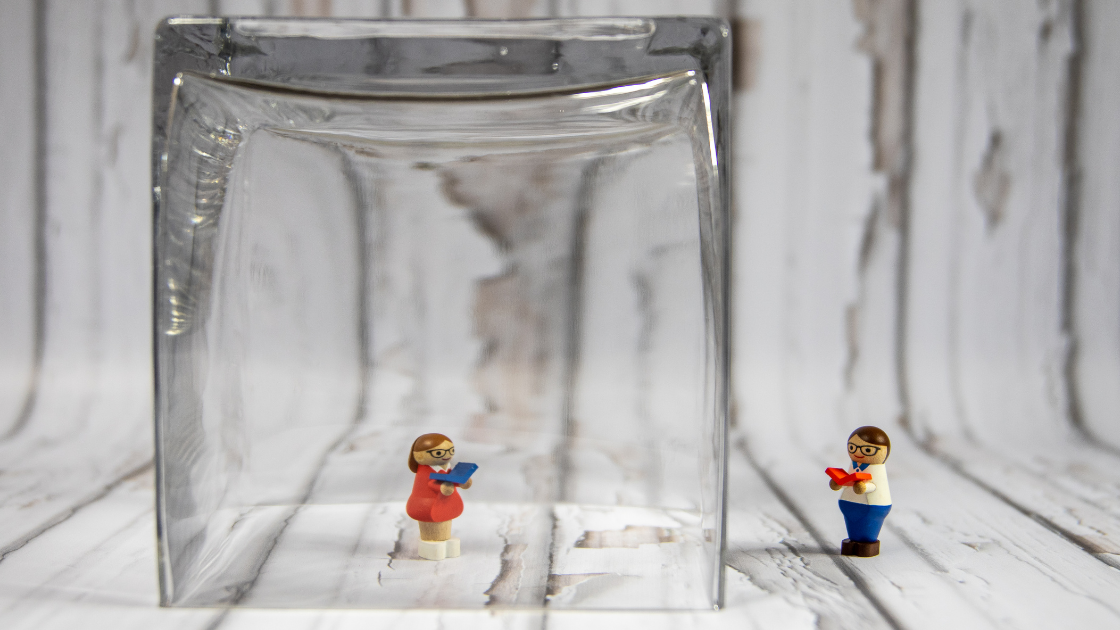Death from Broken Heart Syndrome and Isolation Are Real and COVID is the Culprit
It’s a record no one wanted to break: 500,000 deaths officially attributed to COVID. On February 23, the United States reached that milestone. Unfortunately, that “official” number is bound to be skewed — and not only by the deaths of people who died from the virus but were never tested or formally diagnosed. Deaths from pandemic-fueled loneliness and so-called broken heart syndrome definitely happened, and chances are you know that more than anyone.
Defining the problems
According to the Cleveland Clinic, broken heart syndrome, or stress-related cardiomyopathy, “occurs when physical or emotional distress causes dysfunction or failure in your heart muscle.” Although its symptoms — chest pain, shortness of breath, irregular heartbeat — mimic a heart attack, broken heart syndrome isn’t caused by clogged arteries. Instead, they are brought on by physically or emotionally stressful events.
Stressors this pandemic brought on are some we never could have imagined: deaths of multiple friends and family members, massive economic impact, including job loss, and a complete upheaval of our normal lives. A Cleveland Clinic study conducted during the early days of the pandemic proved that stress levels and diagnoses of broken heart syndrome were up, as were extended hospitalizations. Although broken heart syndrome is usually not fatal, but complications from an event can increase risk of death.
The real killers: Loneliness and social isolation
Although vaccinations are slowly allowing Americans to emerge wide-eyed, masked, and cautiously from pandemic-era socially-isolated hiding places, there are still plenty of restrictions that are keeping people apart. For many (most?) folks, their churches aren’t congregating, social groups aren’t socializing, working from home has become semi-permanent, and family get-togethers still aren’t prudent. It’s led not only to profound loneliness, but severe situations of social isolation (a lack of social connections or social relationships) — and in some cases, death.
Here are the facts about the health risks of social isolation and loneliness, courtesy of the Centers for Disease Control and Prevention (CDC):
- The risk of premature death from social isolation may rival that of smoking, obesity, and physical inactivity.
- Social isolation is associated with about a 50% increase in dementia.
- Social isolation and loneliness are associated with a 29% increased risk of heart disease and a 32% increase of stroke.
- Loneliness among heart failure patients was associated with a nearly four-times increased risk of death, 68% increased risk of hospitalization, and 57% increased risk of emergency department visits.
Our isolated elderly are most at risk
It may seem like years ago, but it was just last February that the first real “outbreak” of COVID in the U.S. occurred at a Washington nursing home. Of the 120 residents, 81 contracted the virus and 34, plus a visitor, died. By mid-March, as COVID spread across the country, most nursing homes and long-term care facilities went on lockdown — and many are only now slightly relaxing visitor restrictions. (Just a week ago my sister and I were allowed to get close enough to my nursing home-bound mother to hug her for the first time since March 2020.)
A psychology professor whose mother died alone in a health care facility attributed her rapid health decline to loneliness from COVID. He watched her deteriorate via video calls during which her disease wouldn’t allow her to truly engage; she stopped walking, stopped eating, and lost weight. Although her direct cause of death was Alzheimer’s disease, the professor cites several studies that supported his theory — studies proving loneliness increases the likelihood of death and is likely to contribute to early death in people with Alzheimer’s or other forms of dementia.
The New York Times estimates that although only 5% of all U.S. COVID cases have occurred in nursing homes, these residents make up 34% of all U.S. COVID deaths. These numbers, as deathcare professionals have seen first-hand, simply don’t represent the reality of COVID’s casualties.
“We’re hearing from a number of family members and [long-term care] ombudsmen that many residents are just losing the will to live,” Robyn Grant, director of public policy and advocacy for the National Consumer Voice for Quality Long-Term Care, told AARP. Grant tells AARP that in Minnesota, “social isolation” is being listed as a cause or contributing factor on the death certificates, while “failure to thrive” is a common cause in other states.




